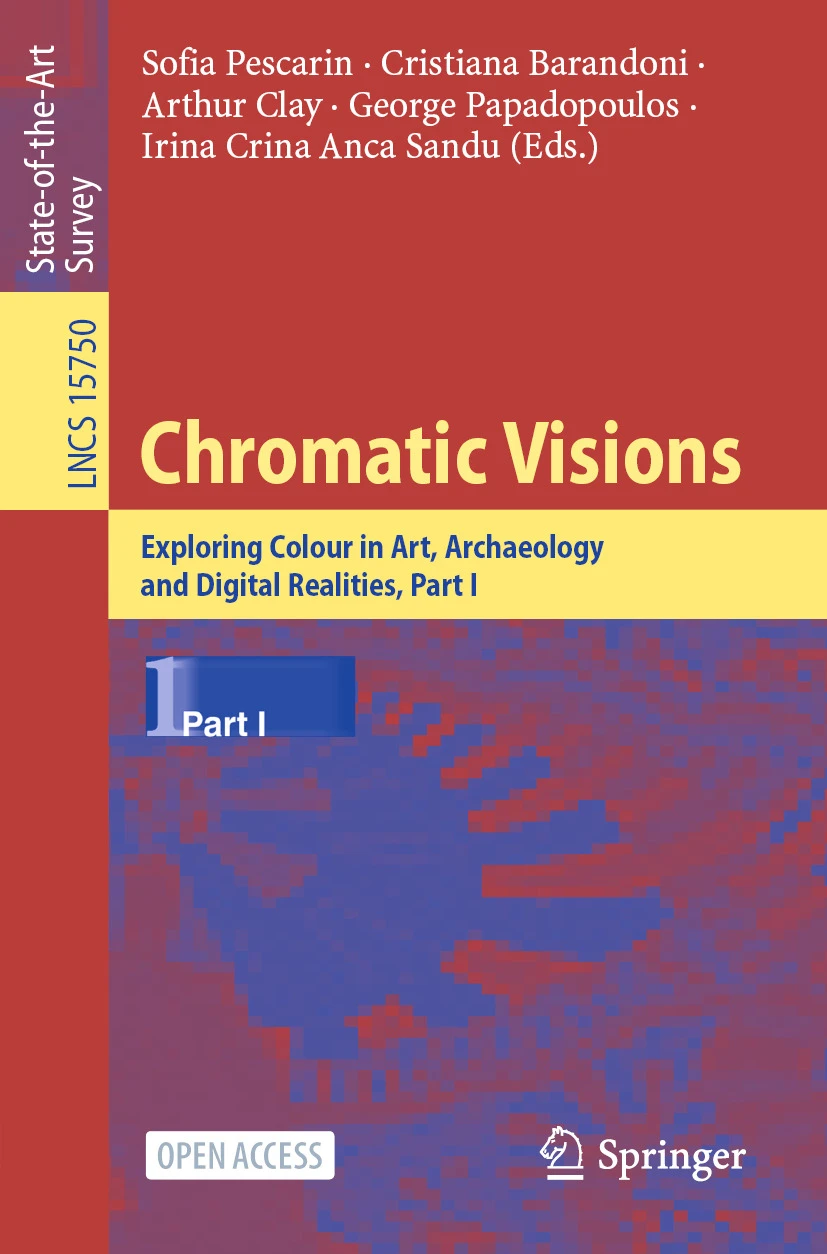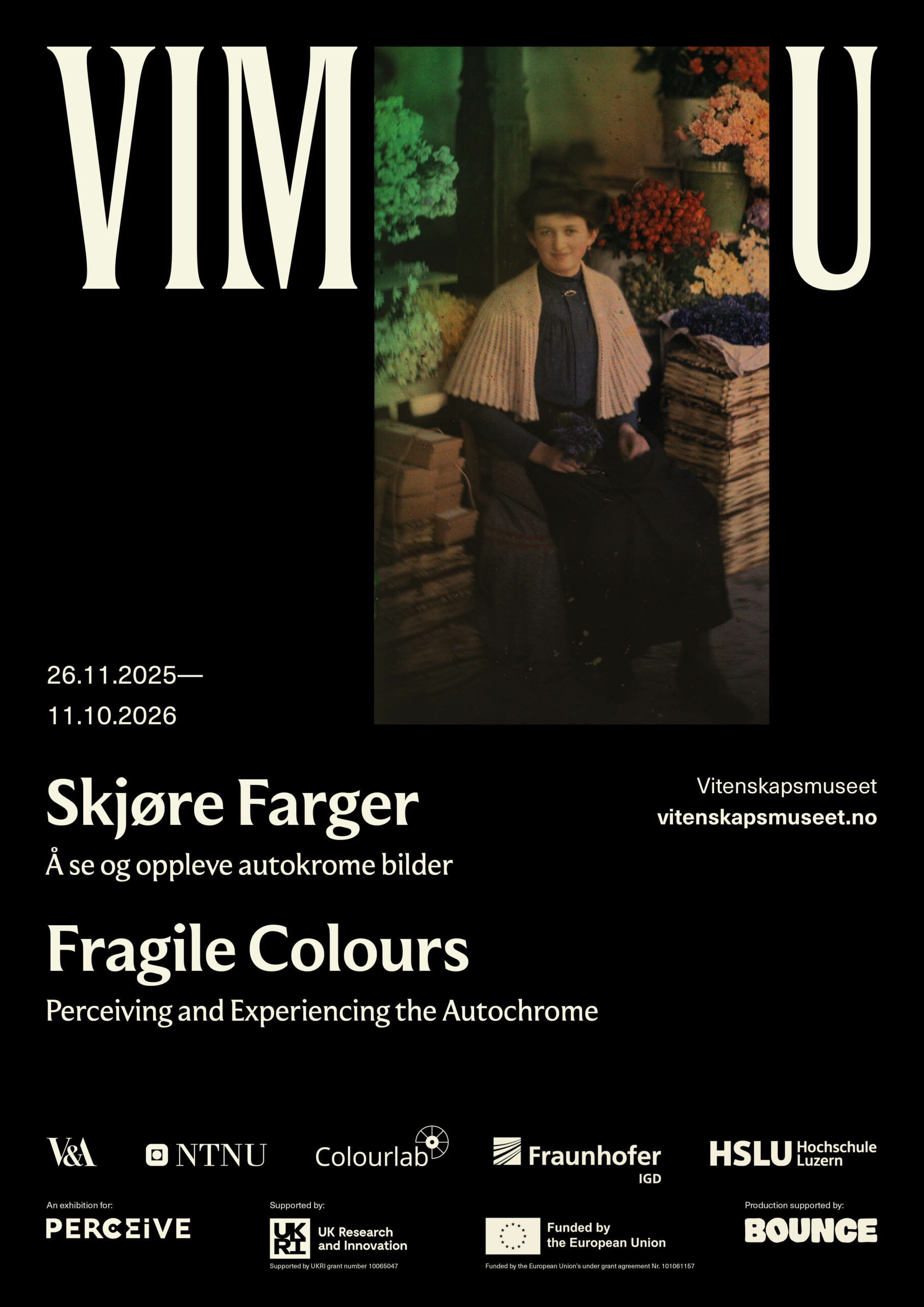This short stop-motion film provides insight into the design process behind a demonstrator for color perception, which involves the iconic painting “The Scream” by Edvard Munch. The demonstrator, titled The ScreamScaper, is a color perception tool that showcases how color perception can extend beyond traditional visual stimuli. By employing innovative sensor technology, the demonstrator translates the intensity of color differences between two photographic captures of “The Scream” into sound and light.
Using a series of numbers derived from the color differences between two photographs of Edvard Munch’s The Scream—one from 1938 and the other from 1971—serves as a powerful metaphor for the passage of time and the impermanence of art. By translating these delta values into musical or artistic structures, we are not merely capturing the fading of certain colors; but we are embodying the transformation of cultural and historical memory in a new work, the Scream Demonstrator. This approach aligns with the traditions of serialism and chance operations, where external data sources—whether they be random numbers, dice rolls, or, in this case, color shifts—inform the creative process. The use of these specific numerical values not only bridges visual and auditory art but also evokes a profound reflection on the impact of time on artistic legacy, making the work both a preservation and a reinvention of Munch’s iconic masterpiece.
To achieve this, the demonstrator uses a 3D-printed topographical data map, which allows a sensor system to read comparative values between the two captures. This system consists of a near-distance sensor, a microcontroller running an audio engine and synthesis model, and a driver for a series of LED lights. It analyzes the topography of the 3D print and maps the color differences between the images into audible sounds and colored light.
By making the color differences of the painting audible, the demonstrator offers an engaging and insightful experience of how the color of a painting changes over time and how these changes can be articulated in a three-dimensional space. It also explores the evolution of color perception and the impact of AI restoration techniques on art understanding.
The demonstrator lets visitors directly experience the ephemeral nature of art which, of course, is relevant concern for any and all masterpieces of art where a wish to extend their life line for generations to come. Although the Demonstrator takes on design elements of the SCream, it can also be used to make comparison of justaposed images of artwork in time and “scream” about the changes that have impacted them over time.
The demonstrator allows visitors to directly experience the ephemeral nature of art, which is a relevant concern for any masterpiece where there is a desire to extend its lifespan for future generations. Although the demonstrator incorporates design elements from The Scream, it can also be used to compare juxtaposed images of artwork over time and “scream” about the changes that have impacted them.



